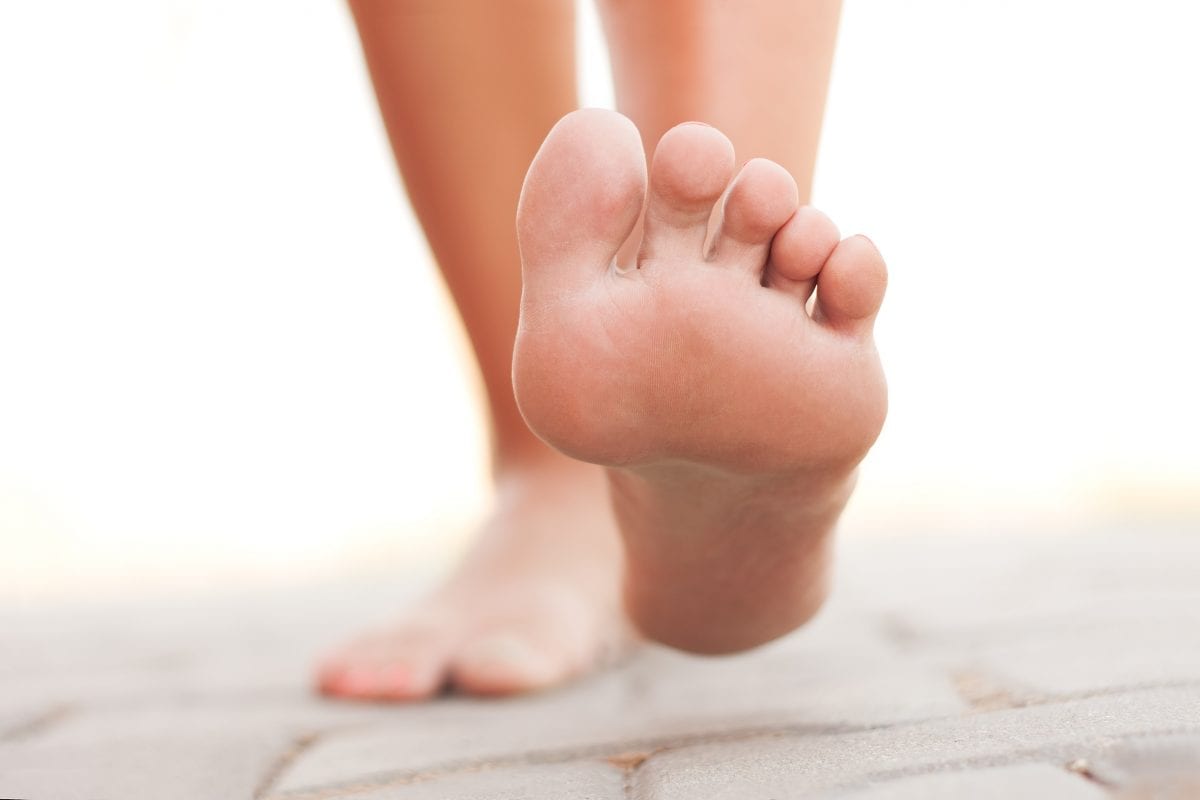Whether you run strictly for fun or you’re preparing for a big race, the more you run, the greater your chances are of developing a bunion.
A bunion, also known as hallux valgus, is a common injury that affects approximately 64 million Americans each year. You don’t have to be a runner to develop a bunion, of course, but running can increase your chances of experiencing one.
If you want to keep bunions at bay, or if you’re currently dealing with a bunion and want to get rid of it, keep reading. Listed below is everything runners need to know about preventing and treating bunions.
What are Bunions?
Before getting into specific treatment and prevention protocols, it’s important to understand what a bunion actually is.
A bunion is a bump that develops on the joint where the big toe and foot meet. This bump forms when the big toe pushes up against the second toe. This pressure, over time, forces the big toe joint to become enlarged and eventually stick out.
Bunions are pretty easy to spot since you’ll have a noticeable protrusion on your big toe. The skin over the bunion also tends to get red and sore.
Other common symptoms associated with bunions include:
- The development of calluses or corns where the big toe and second toe overlap
- Pain, either persistent or intermittent
- Limited movement in the big toe
Some people are genetically predisposed to developing bunions, but lifestyle factors also play a role.
Preventing Bunions
As with most injuries, it’s easier to prevent a bunion than it is to treat it. By taking the following precautions, runners can significantly decrease their chances of developing bunions.
Wear the Right Shoes
One of the most important things you can do to prevent bunions is to make sure you’re wearing shoes that fit properly. A toebox with plenty of space is especially beneficial, as it prevents your toes from overlapping or being pressed together while you run.
Use the Proper Running Technique
Practicing proper running technique also makes a big difference when it comes to preventing bunions (and other injuries, for that matter).
Avoid running with most of your weight on your toes. This puts a lot of pressure on the big toe. Instead, try to land with the middle of your foot.
If you overpronate (your feet roll inward), you’re also more likely to put unnecessary stress on your big toe, especially during the push-off phase of your run.
Perform Exercises to Improve Biomechanics
Some specific exercises that can improve the way you run and loosen up tight muscles include:
- Shin release with a lacrosse ball
- Plantar fascia release with a lacrosse ball
- Calf release with a lacrosse ball or foam roller
- Single-leg calf raises
Treating Bunions
If you’re already dealing with a bunion, these tips can help you find relief and get back to running sooner.
Tape Your Foot
Before you head out to run, try taping your foot so that your toes lie in a flat, neutral position. This helps minimize pain and the amount of stress that’s placed on your bunion.
Use Toe Separators
You can also use toe separators for pain relief. Toe separators are available online or at most drug stores, and, as the name suggests, they help create space between your second toe and big toe while you walk or run.
Hot and Cold Therapy
If your bunion is irritated, swollen, or painful, an ice pack can help bring down the inflammation and dull the pain.
You can also use a warm compress or hot water soak to reduce stiffness and improve blood flow to the area.
Anti-Inflammatory Drugs
It’s not ideal to use anti-inflammatory drugs on a regular basis, as they can negatively affect your digestive health.
That being said, sometimes, you just need some immediate symptom relief. In those cases, some aspirin or ibuprofen can help reduce your pain and make you more comfortable.
Final Thoughts
Bunions are never fun to deal with. But, if you take these steps to prevent and treat them properly, you can minimize your risk of developing them and keep them from seriously throwing off your running game.








